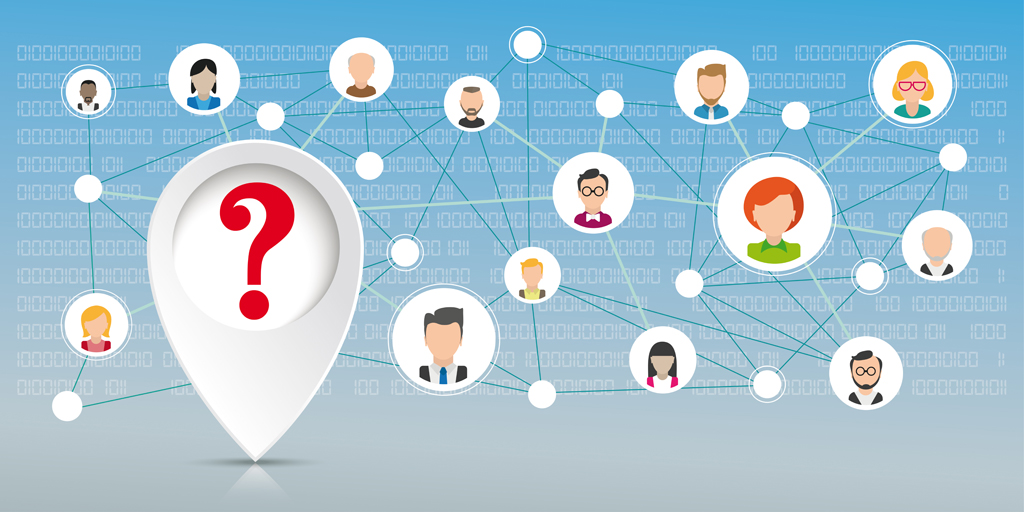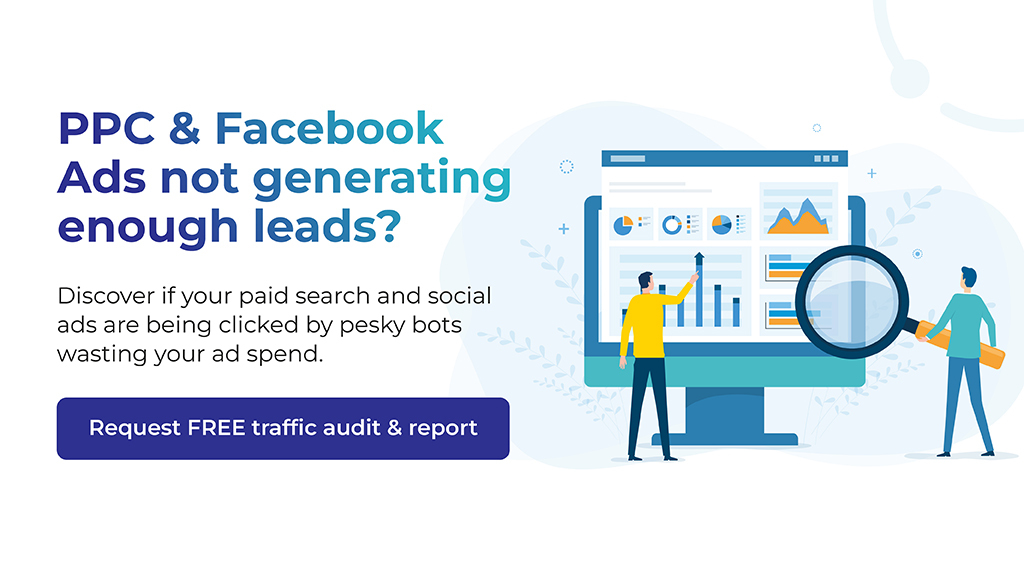Building Human Communications that matter
The pandemic has affected how we interact but for digital marketing there is a growing emphasis on rebuilding human communications.
Consumers have reshaped the way they communicate, using social media channels and digital tools and this is making brands rethink their marketing strategies to focus on creating customer-first inclusivity.
Infobip’s recent survey – Connect Like Humans Do: Building Customer Communications that Matter – found that businesses are losing out on that personalised omnichannel engagement in striving for mass communication.
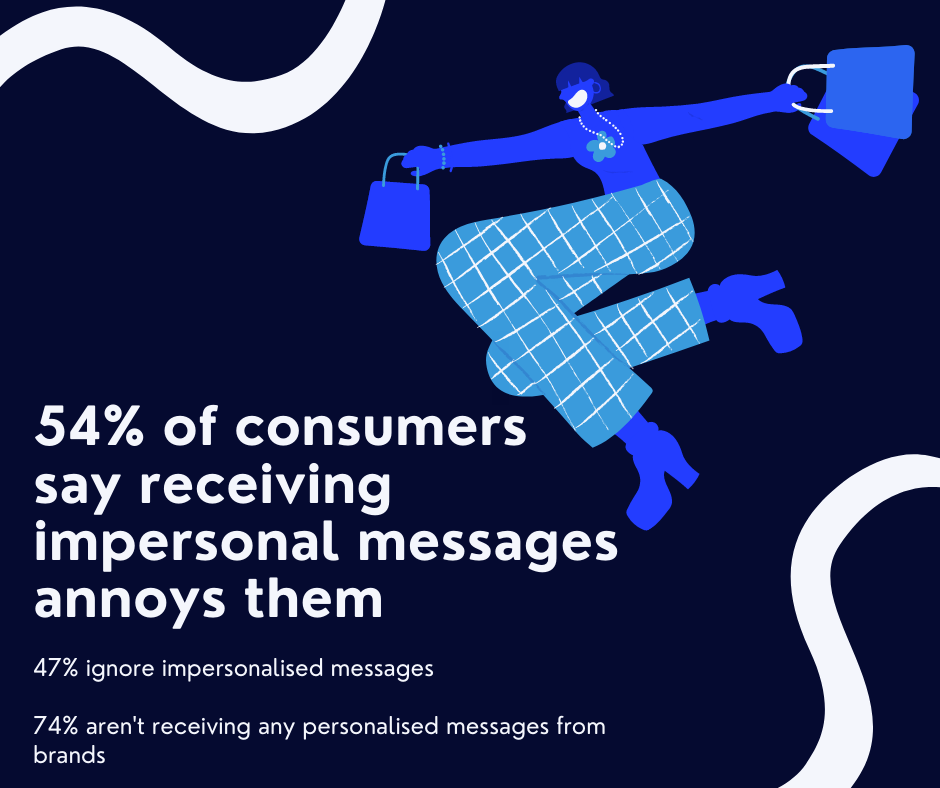
With 74% of customers finding business messaging lacks a personalised, human connection, it means that failing to build human communications into your marketing can potentially alienate more than half of your client base.
Learning the pandemic communications lesson
During lockdown, people have had to learn different ways to work, they’ve had to adapt their social interactions, been restricted in how they shop and even changed how we teach and learn. It’s been a rollercoaster of emotions and rapidly changing regulations which has left many people feeling alienated.
Brands too have had to consider the hows and whens of customer communication, as well as what they say. Building lasting connections and brand loyalty isn’t new, but more than half of the 6,000 people surveyed believe communication has become more critical since the pandemic.
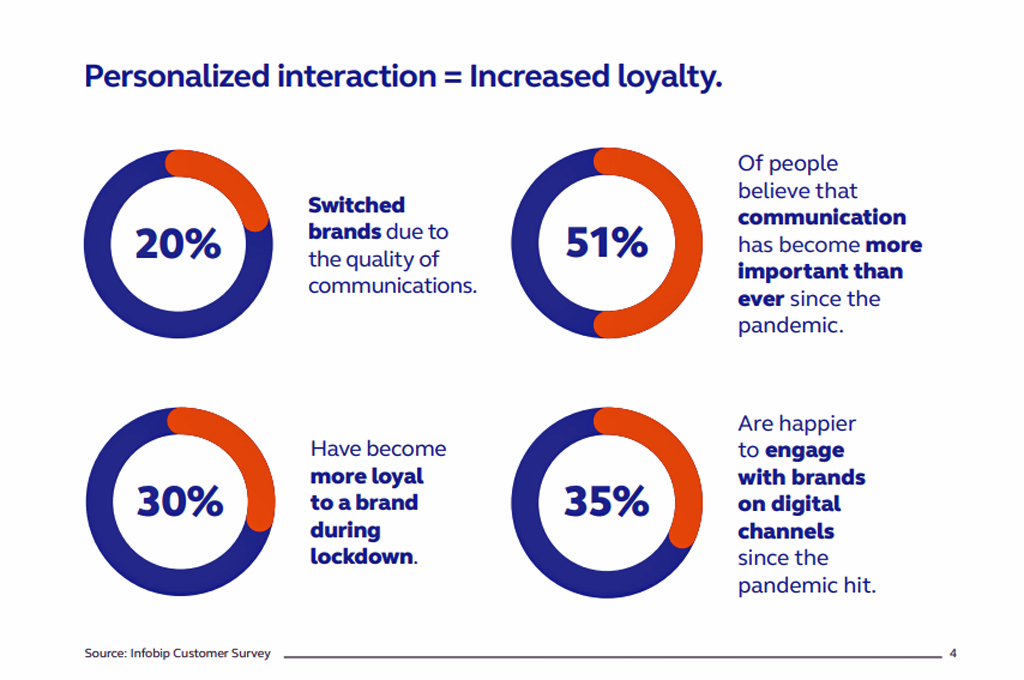
There was a time not too long ago where a one-size-fits-all-approach to marketing meant exclusivity was a key selling point, making customers feel how special the product was.
But now the switch is for inclusivity, for communication which builds meaningful experiences for your existing client base and for any potential new customers.
Brands can market offers, products, freebies, exclusive deals, but these are all perks rather than necessarily being a customer-first approach to building human communications.
A total of 54% of surveyed customers said impersonal, generic messaging annoyed them.
However, a survey in the later half of 2021 – Marketing is a data game – carried out by YouGov for SaaS platform Leadfamly, found that 41% of consumers will share first-party data in return for
personalised experiences and better brand experience.
Gamification is an option
Introducing the concept of playable marketing through gamification is one way of bringing in a new element of personalisation and human communications which not only gains attention from the consumer but then rewards it.
- It can engage customers via simple rewards – such as playing for fun or to find out more about a brand.
- It can also provide more complex rewards, for example games that allow the consumer to play for a prize.
According to Leadfamly, gamified marketing reflects many of the attributes about retail that make it an experience some consumers love. For those who find shopping satisfies a basic instinct and makes them happy, gamified marketing can also satisfy those with a desire to engage in play or competition.
The value of game mechanics in retail marketing has many benefits. It helps engage customers, surface valuable customer data, and allows your customers to have fun.
How to be customer-first
One of the easiest ways of putting the customer first is by using your existing data and buyer personas to create meaningful connections with existing customers, acquire new ones, prevent churn, and win new subscribers.
High-quality human communications should be a mix of relevant, timely and – most importantly – personal messages which reach the right people on the right channel at the right time.
Brands need to show people they understand them, know their preferences and are aware of what they’re looking for, so they can deliver moments that matter.
- Personalisation: Using data-driven analytics lets you personalise offers that are more likely to convert;
- Empathy: Make your customers feel understood and valued, be there for them with an always-on service on every channel you communicate through. Avoid them having to repeat themselves;
- Value: Provide real value by successfully answering queries and helping customers at every touchpoint, leading to an Increase in both cross-selling and upselling;
- Proactivity: Use your buyer personas to get accurate customer data and use it to send informed messaging on the right channels at the right time;
- Consistency: Use omnichannel marketing to ensure consistent messaging.
Working out what’s relevant to customers is a constant battle for brands, but it’s a must if they want to treat people as individuals, rather than taking a one-size-fits all approach.
Take time to know your customers
With communication preferences varying significantly among consumers, it is up to businesses to understand their customers and proactively react to their behaviour.
To do this, they must take a personalised approach across a variety of different channels based on people’s preferences. Most importantly, this ‘personalisation’ shouldn’t just be limited to content – it should also determine the best channel, timing, tone of voice, and message for every interaction.
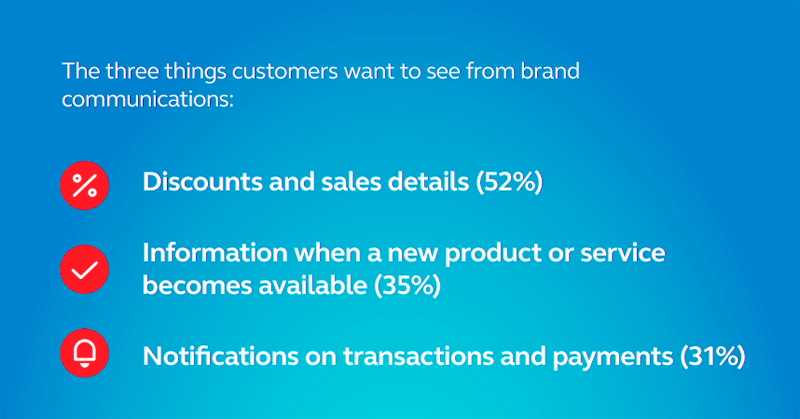
Brands need to know the key moments when their customers want, or are happy, to hear from them. With 31% of survey respondents saying they’re more likely to engage with businesses that understand their desires when it comes to goods and services, getting those customer personas right is vital.
Sending the right message on the right channel is also key to building human communications that matter. The same survey found that 31% of customers would be put off by being constantly contacted on a messaging platform by a brand and a similar number (34%) wouldn’t appreciate sales-driven messages coming via a smart home device.
Purchasing methods have changed
One reaction to the pandemic has been the increasing use of social commerce via digital apps, something we’ve recently blogged about. This also ties in with finding the right channel for communicating with your existing customers and with finding new ones.
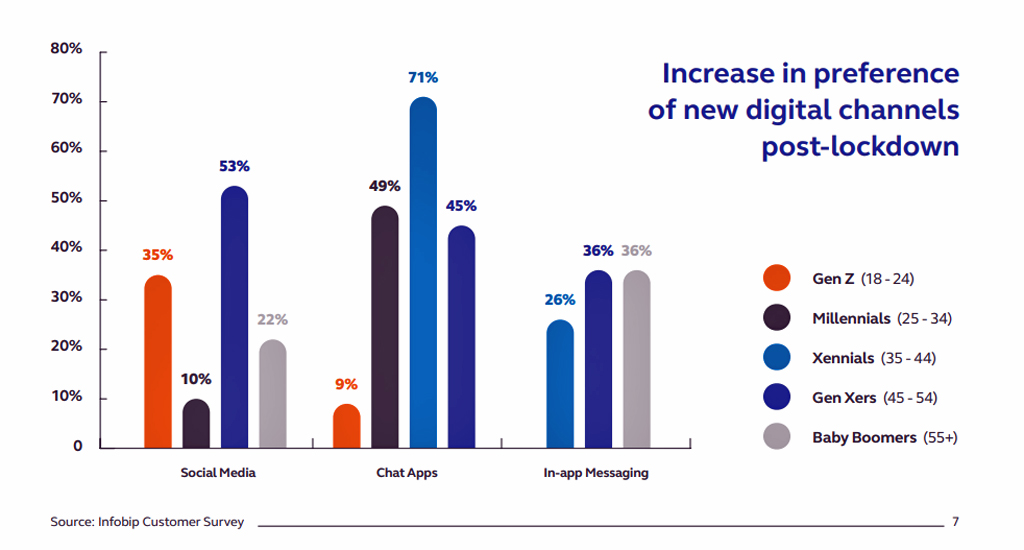
This transition towards more digitally-led communications is expected to continue gaining momentum and brands should be looking at omnichannel strategies that incorporate all appropriate channels which are suitable for their preferred buyers.
Gen X (45-54-year-olds) and Xennials (35-44) are becoming increasingly comfortable with mobile-first communications, although email remains their preferred channel.
But even within these generational descriptors there are outliers. One third of baby boomers preferred email, falling to one fifth of Gen Z. Eight percent of younger people preferred social media, versus just two percent of Generation X for example.
Brands shouldn’t assume that a “one size fits all” marketing strategy is the right way to build human communications with either the Millennials or Gen X brackets. Take the time to research what your customers want.
Businesses fail to form meaningful, positive relationships with consumers when processes become tricky to navigate or when their data isn’t accurate. Companies that have taken the time to develop their own first-party data and use channels that are closest to their existing customers – like email – will be able to build better human communications.
In turn, this will drive longer term loyalty and engagement and can be used to track and improve marketing campaigns based on audience behaviour on the company’s website, social media platforms and email marketing campaigns.
Get started with Veracity
Start your human communications journey by having the best available data. At Veracity we’ve been champions of transparent marketing data since our foundation.
With click fraud detection and mitigation across search and social, Veracity feeds other parts of the Martech stack with better quality data, to enable improved analytics, decision-making and results.
Get started with Veracity by taking advantage of a free traffic audit on your paid campaigns. All that’s required is a line of code to be added to your website or your client’s website and Veracity will detect non-human traffic over a 14-day period, absolutely free and without obligation.
For this digital agency client, Veracity detected bot activity on the campaigns at an average of 28% and this reduced to 16% bot activity just two weeks into using Veracity following the traffic audit.
That’s 12% more humans engaging with their ads, resulting in an uplift in conversions and 25% increase in cost per visitor.

